Honing your Louisiana mushroom identification skills? You’ve come to the right place!
Louisiana is home to many mushroom species people love identifying in the wild. It’s a fun hobby hikers and campers love testing their nature knowledge with, and it can be a real challenge sometimes!
In this article, we’re going to give you some quick tips for Louisiana mushroom identification you can use next time you’re on the hunt. By the end, you’ll have a better idea of how you can make positive IDs during fungi finds. Let’s take a look!
Table of Contents
On Louisiana mushroom hunting
Scientists have discovered over 10,000 mushroom species. Many grow in Louisiana, and mushroom hunters in the state document their finds to keep a running record of fungi known to regularly spawn near them.
Louisiana mushroom identification is a skill for many and a hobby for some. Like other forms of plant identification, you can take pride in knowing how to name the fungi you come across. We believe the more you understand the world around you, the more in tune you are with life.
Before we begin
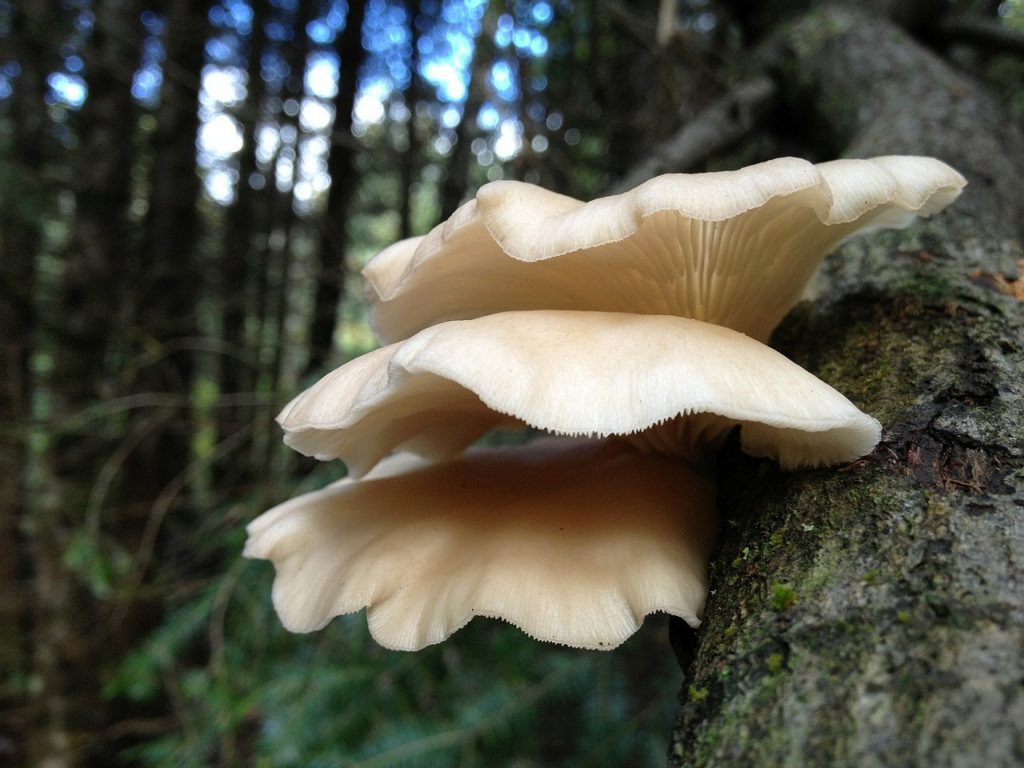
Mushrooms can be poisonous
Before you begin identifying wild mushrooms, keep in mind some mushrooms are poisonous and can be deadly when consumed. Exercise caution and know what you’re doing before you tamper with fungi. We recommend you do some research before you head out on any Louisiana mushroom identification adventures.
We don’t recommend foraging
Foraging is the act of collecting plants, fungi, and other natural resources in the wild to supplement your food supply. Because misidentifications of mushrooms can be deadly, we don’t recommend foraging. Despite this, we know some of you probably will anyways, so make sure you’re educated to avoid ingesting a ‘death cap!’
Ask the experts
We aren’t in the business of identifying mushrooms for you, so if you have questions, consult with the experts. The Louisiana State University Agricultural Center has published some excellent information on Louisiana mushroom identification, and you should check out their resources if you’re interested in learning more.
Frequently asked questions
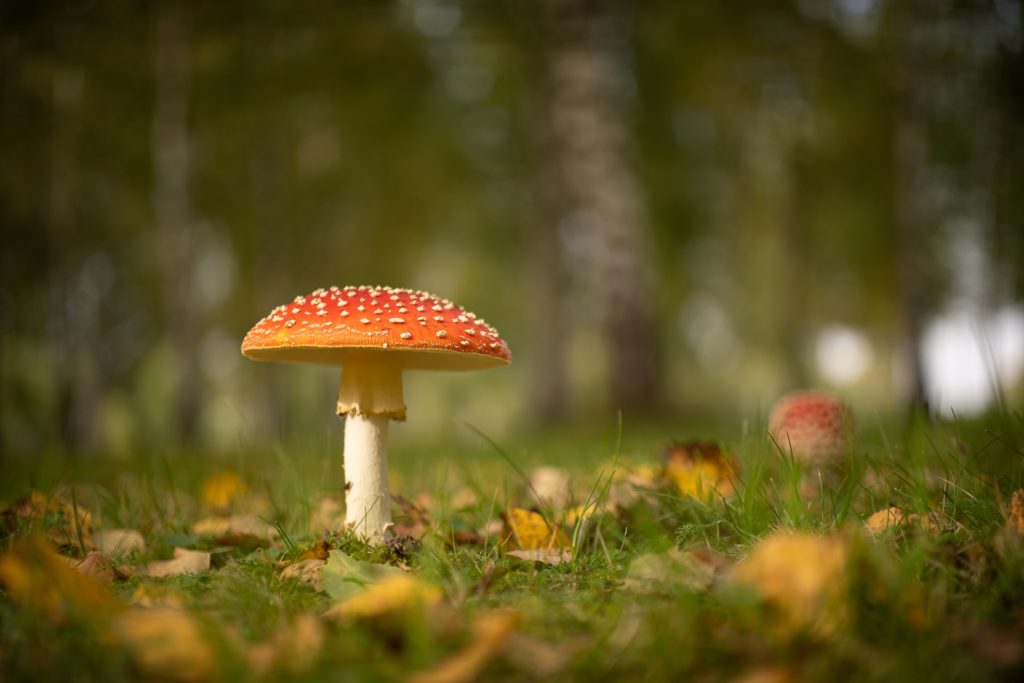
Why Louisiana mushroom identification?
Knowing the names of plants, animals, and (of course) fungi can help you form a deep connection with nature. Stumbling upon a mysterious mushroom in the wild and positively identifying it can be a rewarding experience. To some, it’s a game. To others, it’s proof of survival skills. Either way, knowing the world around you on such an intimate level makes life more interesting.
Whats the difference between a mushroom genus and species?
Both terms refer to different levels of taxonomy, with genus ranking higher. So, for example, there can be several species of mushrooms classified under one genus. And one genus can contain many species.
Louisiana edible mushrooms
A few of the most common edible mushroom species found in the Louisiana wild include:
- Chanterelle
- Oyster
- Morel
- Bollete
- Portabello
Louisiana poisonous mushrooms
While there are many edibles in Louisiana, there are just as many (if not more) bitter, so-so, and straight up poisonous mushrooms genera to look out for. These include:
- Amanita
Louisiana mushroom identification tips
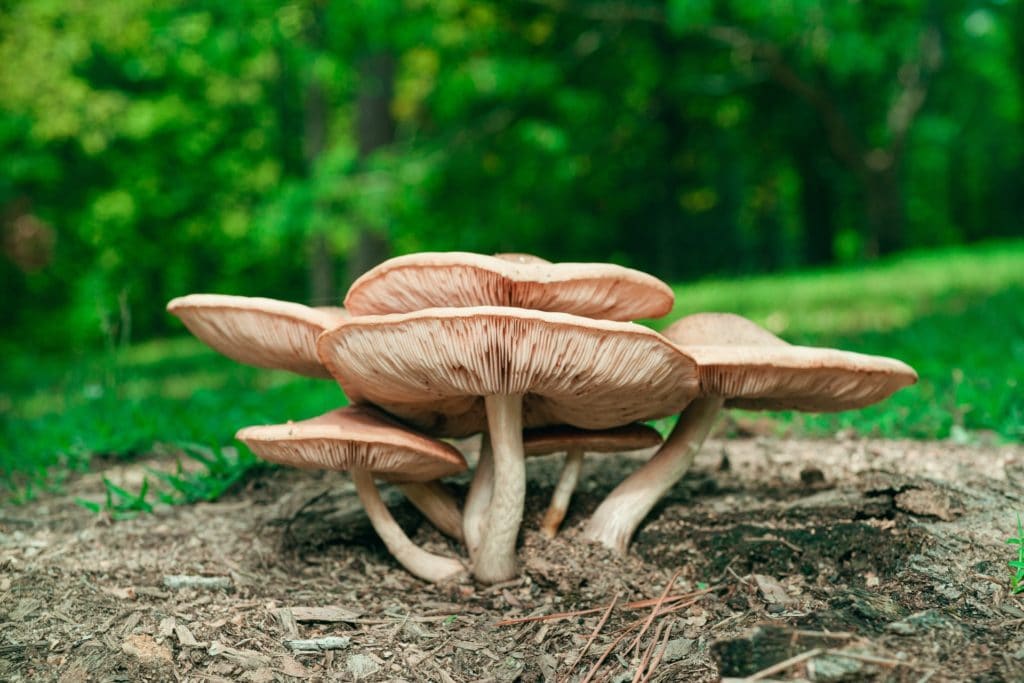
Search after it rains
The perfect time to search for mushrooms is during humid weather, so if you want the best chances of finding fungi to identify, go hunting after a rainy day. Since mushrooms are made up of 92% water, humid weather provides the optimal conditions for growth. You’ll be more likely to find them in their prime, and it’ll be easier to put a name to them. Spring and summer are the best seasons for this, but as long as it’s hot outside, Louisiana mushroom identification can be practiced all year round.
Use an app
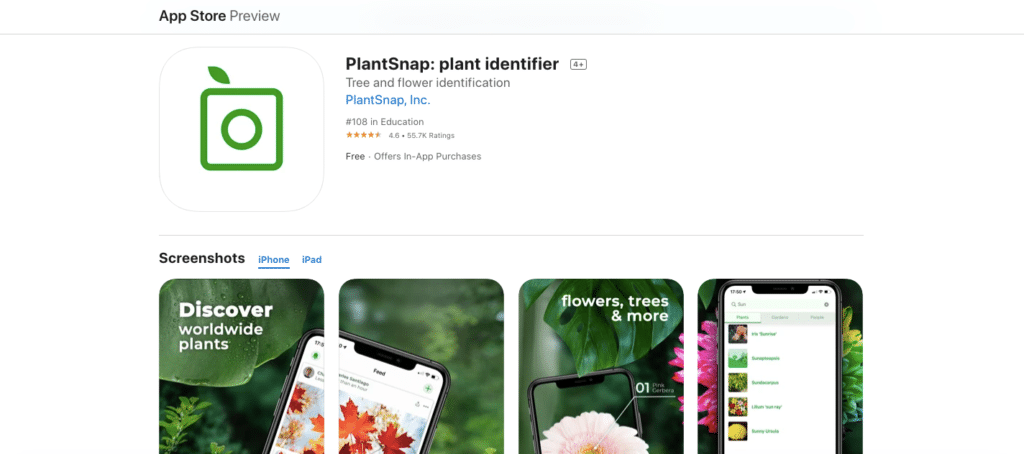
If you’re a cheater, you can always use an app like PlantSnap to help you determine plant species. Be careful, however, because some mushrooms are lookalikes and can fool even the most trained eyes. While technology has made Louisiana mushroom identification easier, it’s not a perfect solution. Make sure you’re aware of discrepancies between shroom types, especially if you ignore our warnings and decide to chow down on fungi you pick in the wild. Once again, some mushrooms are poisonous, so do your research before you trust what the apps tell you.
Check the gills
Gills are one of the most important factors for Louisiana mushroom identification, so make sure you check them to improve your odds of positive IDs. In some cases, gills can reveal that 2 mushrooms which look the same on the outside are, in fact, completely different species. For example, the elm oyster is sometimes mistaken for true oyster mushrooms, but you can tell the difference between the 2 by observing the gills. True oysters have have gills that runs down their stems while elms do not. Furthermore, Japan’s ghost fungus is a poisonous mushroom that is often confused with oysters. Knowing the traits of different gills and the species they’re associated with can help you make correct identifications during your hunts.
Submit you Louisiana mushroom photos
Found mushrooms while you were out hunting in Louisiana? Send in your photos!
We’d love to include a gallery of fungi as well as their positive IDs here. Send an email with your photos attached if you’d like to contribute to our Louisiana mushroom identification guide!
Click here to view user-submitted Louisiana mushroom finds
Wild mushrooms found by PeachTown in Ruston, LA
For more photos of mushrooms documented in Louisiana, check out Project Noah. It’s a fascinating worldwide nature journal/resource with lots of photos online users have submitted.
Final Words
If you’re a nature lover, you’ll discover that Louisiana mushroom hunting can be a lot of fun. Coming across fungi while you’re out and about can turn a boring walk into an exciting find if you’ve studied up on your local mushroom species and able to identify them. If nothing else, you can show of your shroom knowledge to your friends and family!
Keep checking back as we update our guide over time. Don’t forget to subscribe to the PeachTown newsletter to stay caught up with our everyday adventures and future experiences with Louisiana mushroom identification!
Disclaimer: We cannot be held responsible for any negative experiences as a result of mushroom hunting. We do not encourage foraging. If you believe you are a victim of mushroom poisoning, contact poison control and/or your healthcare provider immediately for assistance.
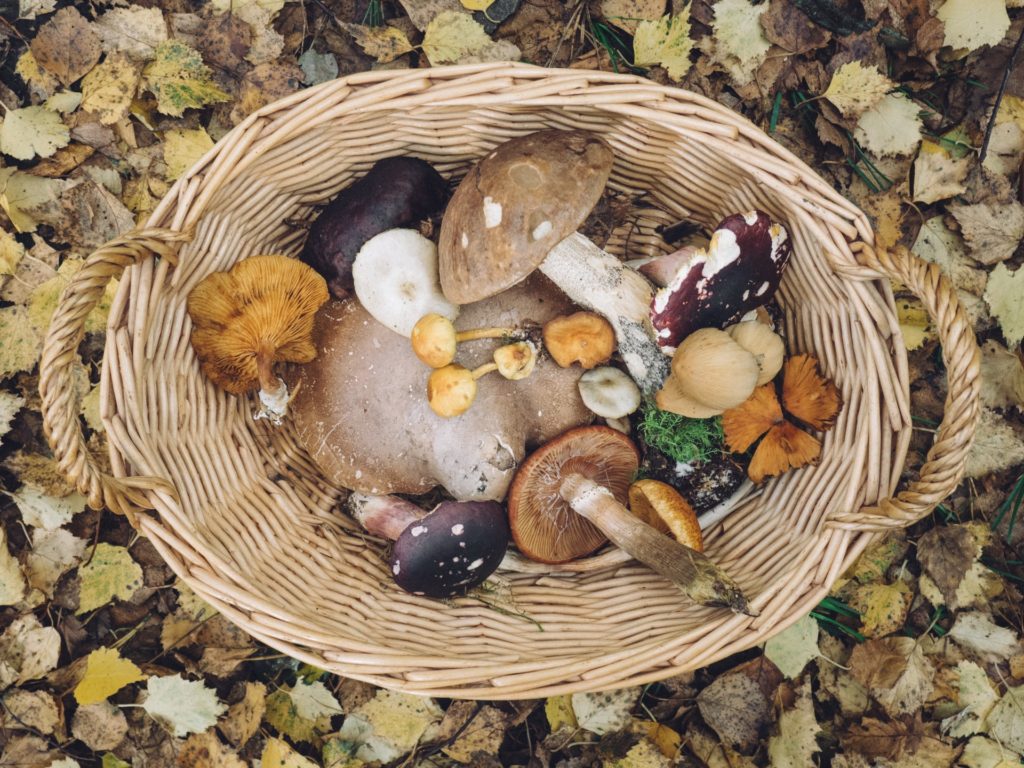
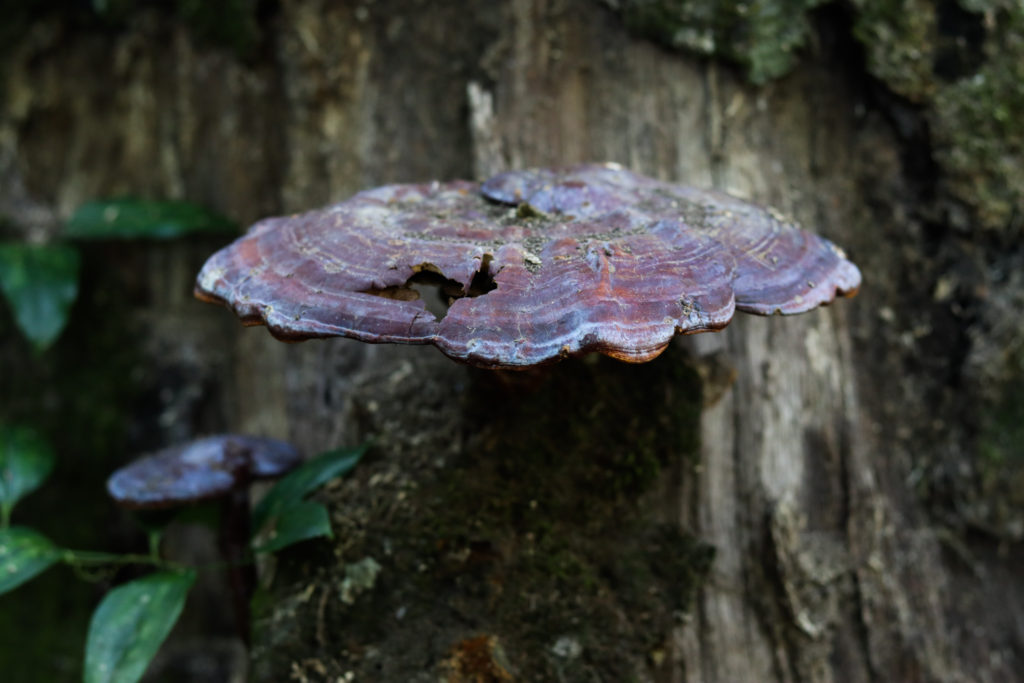
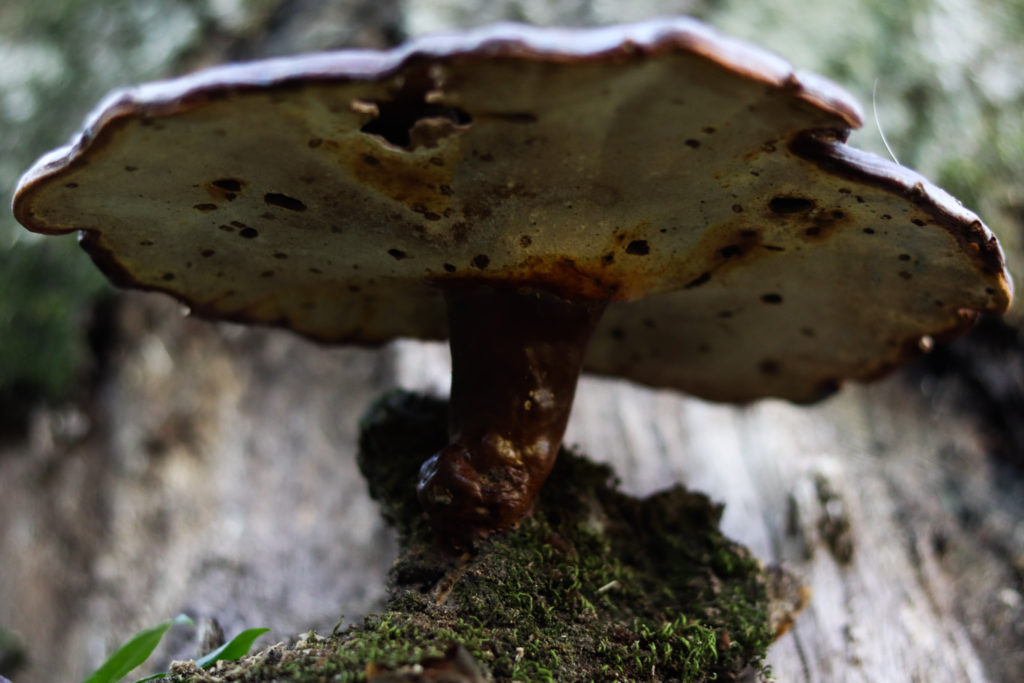
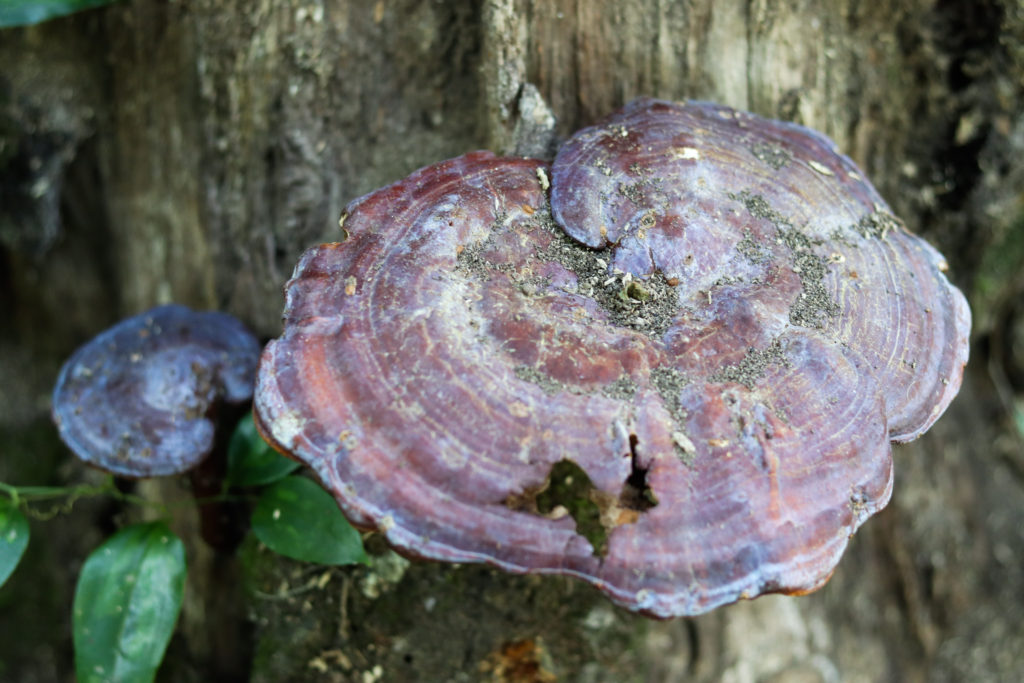
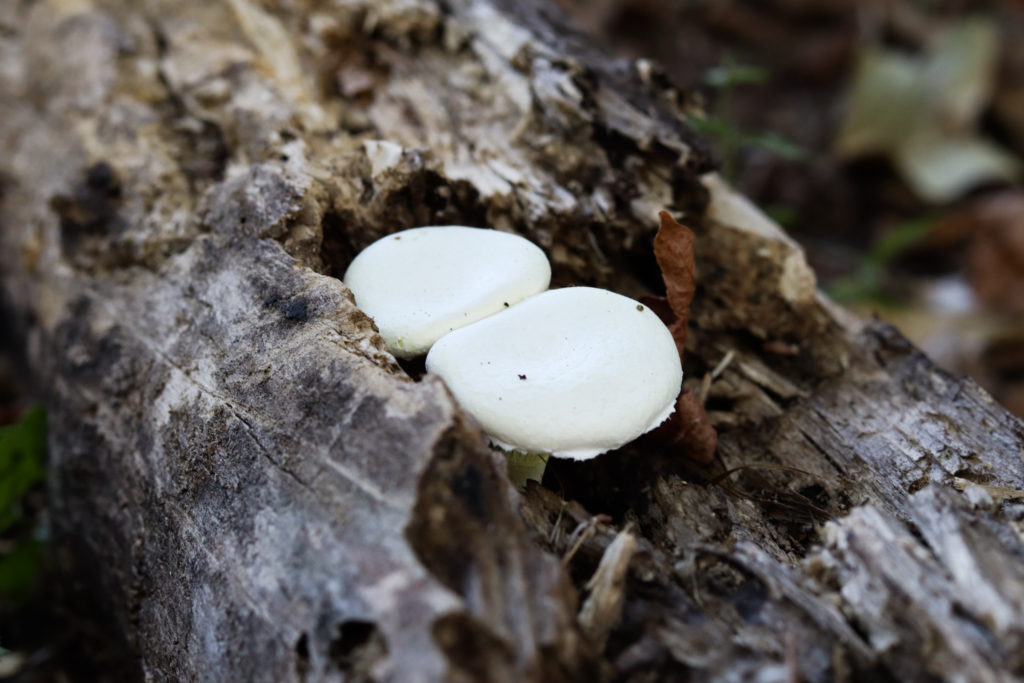
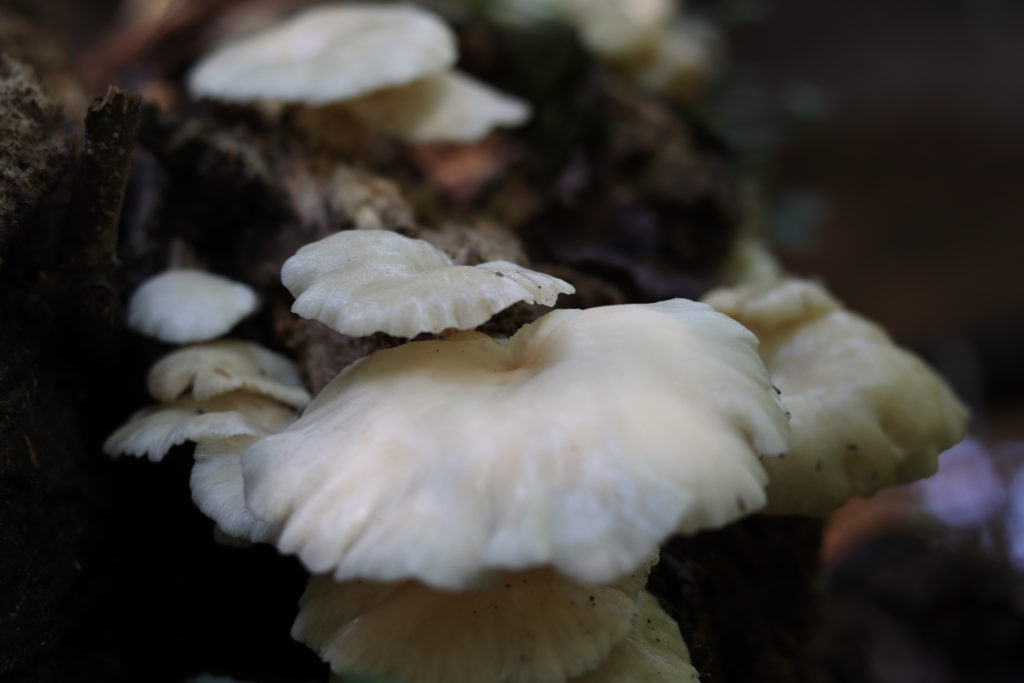
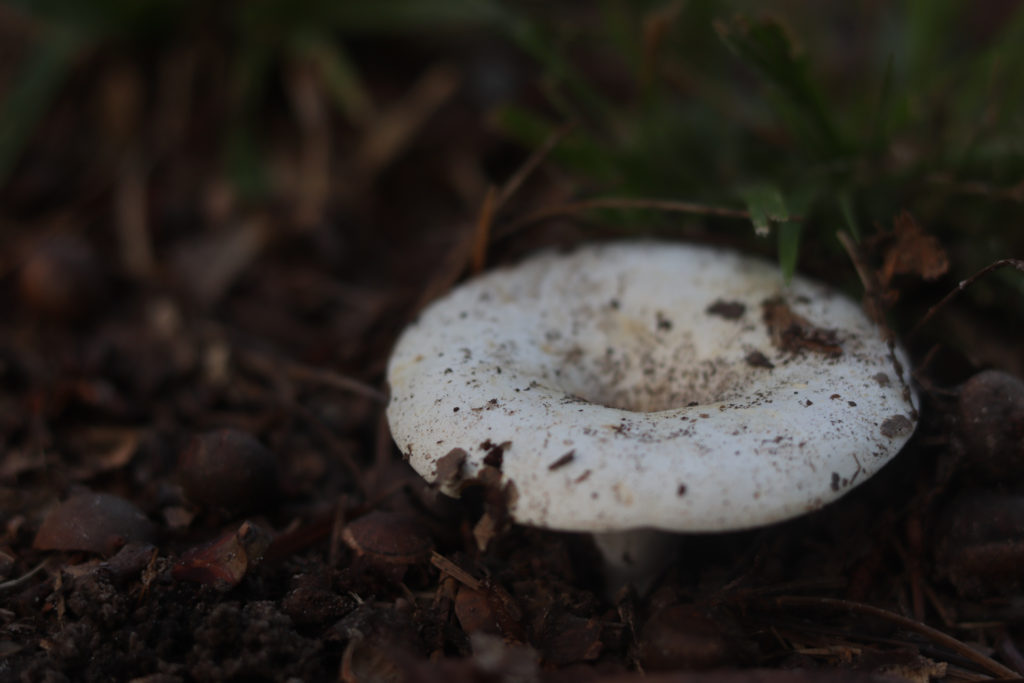
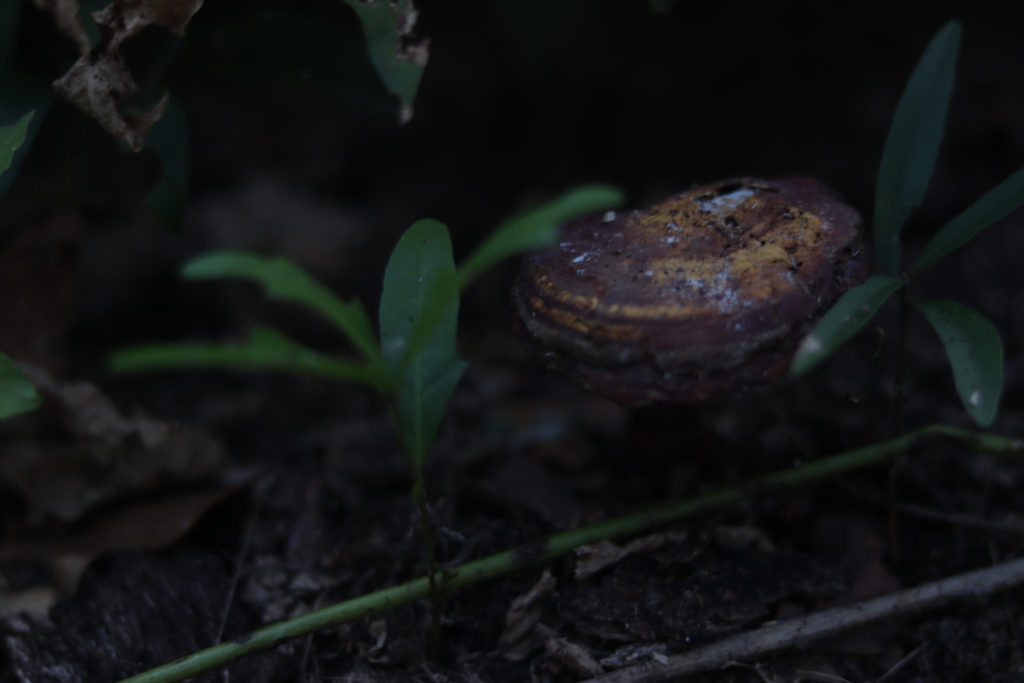
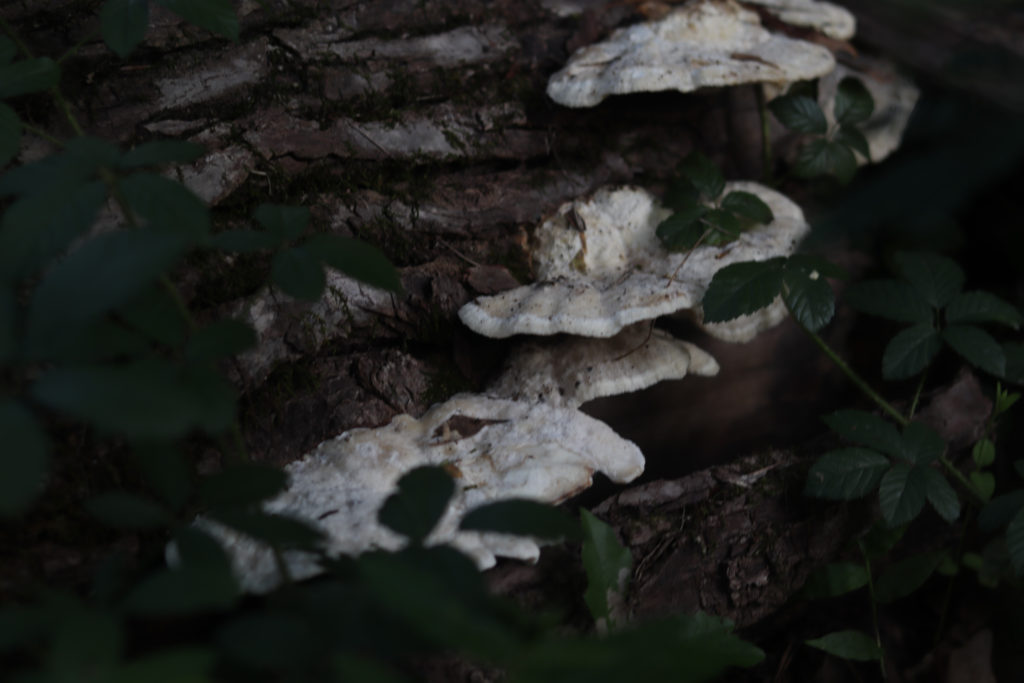
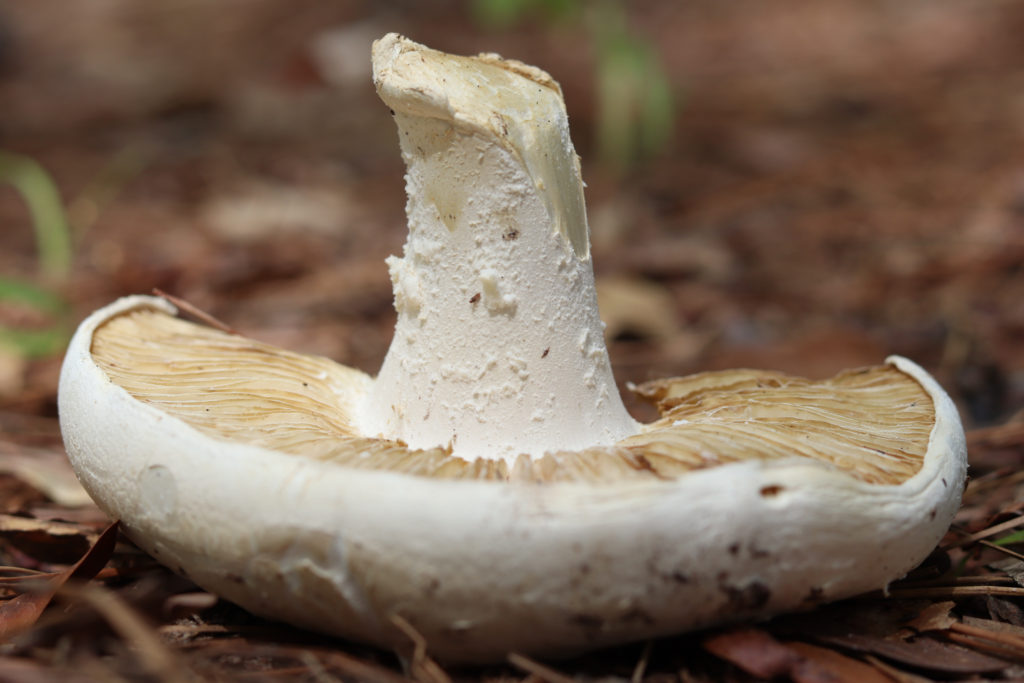
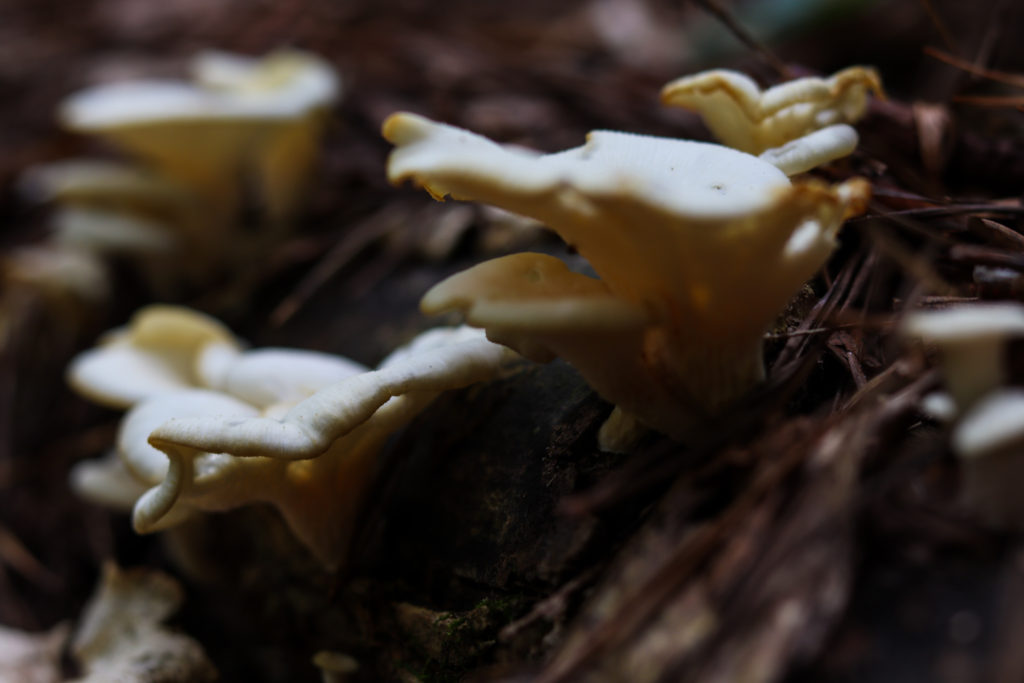
Hey, I’m located in Ruston and would love to meet up to go forage! Shoot me an email and I have a couple places for Chanterelles and Lions Mane.
Hey! I actually moved to Shreveport a while back but still have family and visit from time to time. How long have you been in Ruston?